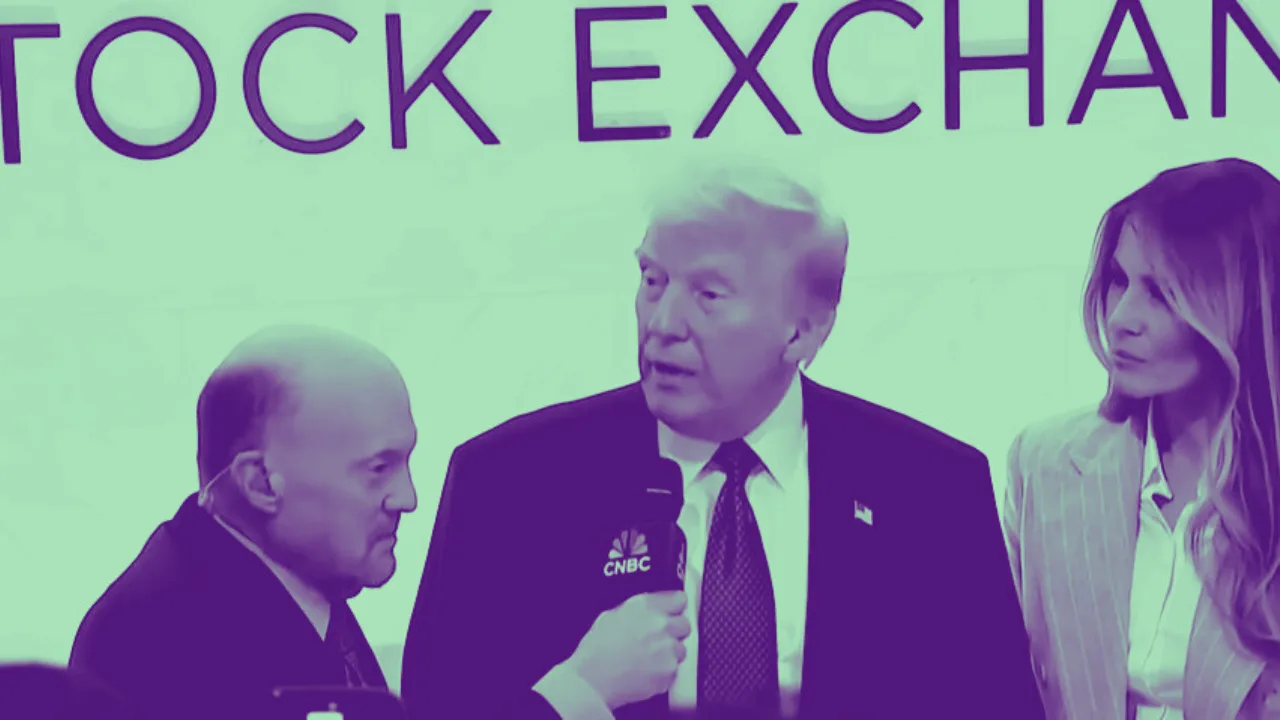Donald Trump’s economic policies, while designed to promote growth, may have several unintended consequences that could harm a large portion of the U.S. population. From increased consumer prices due to tariffs to long-term national debt concerns, here’s a breakdown of how his plan could hurt everyday Americans.
1. Higher Prices for Consumers
One of the most controversial aspects of Trump’s economic plan is his use of tariffs to protect U.S. industries from foreign competition. By raising tariffs on Chinese imports by up to 60% and proposing a 10% universal tariff on all imports, Trump aimed to reduce trade imbalances. However, this strategy would likely backfire on American consumers.
Goldman Sachs economists estimate that these tariffs could lead to a 1% increase in prices, making everything from electronics to household goods more expensive. This rise in costs would disproportionately impact middle- and lower-income Americans, who already struggle with the cost of living. Desmond Lachman, a senior fellow at the American Enterprise Institute, warned that such tariffs “invite retaliation from trade partners,” further reducing U.S. exports and potentially igniting a trade war similar to the destructive policies of the 1930s (Investopedia).
2. Job Losses Due to Trade Policies
Despite Trump’s claim that tariffs would protect American jobs, analysts argue the opposite may be true. The Tax Foundation estimated that his full slate of tariff proposals could result in the loss of up to 387,000 full-time jobs over the next decade. Higher costs for raw materials and components would make U.S. businesses less competitive globally, leading to layoffs and plant closures in industries that rely on imported goods, such as manufacturing and agriculture (Tax Foundation).
3. Increased National Debt
While Trump’s tax cuts were intended to boost economic activity, they came with a hefty price tag. The Tax Foundation estimated that Trump’s proposals to make the 2017 tax cuts permanent and lower the corporate tax rate further would reduce federal revenue by $5.2 trillion over the next 10 years. This revenue loss, combined with proposed increases in military and infrastructure spending, would significantly expand the national debt.
A higher national debt could lead to increased borrowing costs, which means the federal government may have to cut spending on essential programs like Medicare, Social Security, and education. This scenario would hurt low- and middle-income Americans the most, as they rely more heavily on these social safety nets.
4. Potential for Higher Interest Rates
The rising debt could also push the Federal Reserve to raise interest rates to counter inflationary pressures. Higher interest rates would increase the cost of mortgages, car loans, and credit card debt, making it harder for average Americans to borrow and invest. Even a small uptick in interest rates could cost the average homeowner thousands of dollars more in interest payments over the life of a mortgage.
5. Negative Impact on Retirement Savings
The instability caused by higher tariffs and a growing national deficit could also impact retirement accounts and pensions. If trade wars lead to a slowdown in economic growth, stock markets could react negatively, reducing the value of retirement investments. For many Americans who rely on 401(k) plans or IRAs for retirement, this could mean lower returns and delayed retirement plans.
6. Diminished Global Competitiveness
Trump’s focus on traditional industries like coal and steel may also hurt the U.S. in the long run. By failing to invest in future-focused sectors like renewable energy and technology, Trump’s economic strategy could leave American workers and companies less competitive on the global stage. As other countries invest in green technologies and digital innovation, the U.S. could lose its edge, leading to a long-term decline in economic leadership and job opportunities in emerging industries.
7. Unintended Consequences for Small Businesses
While large corporations benefited significantly from Trump’s tax cuts, small businesses may not fare as well under his broader economic strategy. Higher tariffs could increase input costs for small manufacturers, making it harder for them to compete with larger firms that can absorb these costs more easily. Additionally, if consumer prices rise due to tariffs, small businesses could face reduced demand, as customers cut back on spending.
Conclusion: Potential for Short-Term Gains but Long-Term Pain
Trump’s economic policies may offer short-term benefits for certain industries and high-income households, but the long-term effects could be far more damaging. With rising consumer prices, potential job losses, increased national debt, and a reduced focus on future industries, his plan could end up hurting more Americans than it helps.
As the 2024 presidential race heats up, it’s essential to consider how these policies could impact not just the economy as a whole but also the everyday lives of millions of Americans.





